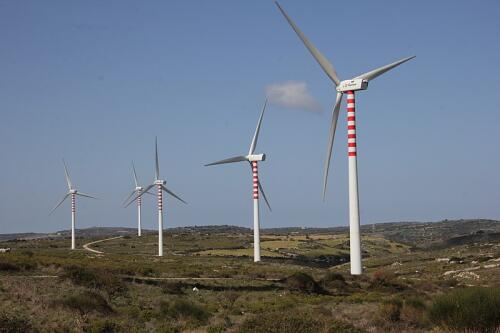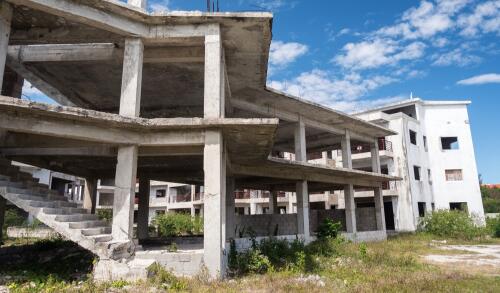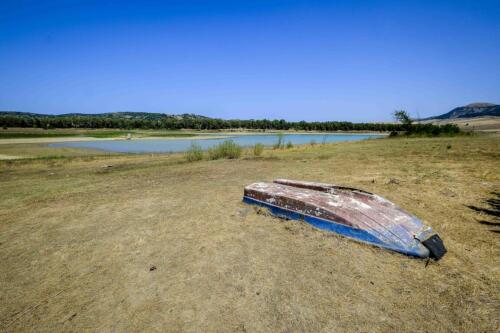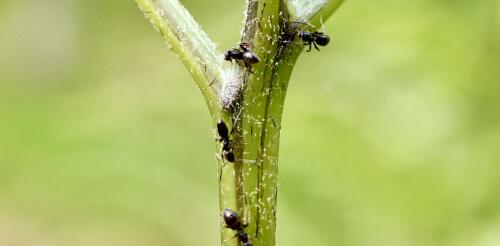environment
The Sardinia Region has approved an 18-month moratorium that blocks any new renewable energy, wind and photovoltaic projects, in order to stop what has been defined as an "assault by multinationals" on Sardinian soil.A defined rule «transitory and emergency» in order to allow planning the energy future of the region and the map of suitable areas.The Grig (Legal Intervention Group), an association that fights against wind power abuses in Sardinia, calculated that in September 2023 they were well 711 applications for concessions for new plants.An assault which in recent months has caused the birth of a large movement of citizens calling for a stop to speculation and the protection of the landscape.The centre-left majority voted in favor of the law, while the opposition abstained, judging the law «shy and insufficient, aimed exclusively at calming the minds of citizens and movements", as declared by the FdI group leader in the Regional Council, Paolo Truzz...
The quality of the Italian coasts continues to be strongly compromised by phenomena of illegal construction, illicit management of quarries and state concessions.To the point that the total surface area of the remaining beaches reaches just 120 square km.This emerges from ISPRA's research and from the communications of the Legambiente association, which presented a preview of the results of its dossier Mare Monstrum. Every year the latter studies the impact of the illegal cement cycle on the sea of the Bel Paese based on data collected by law enforcement and port authorities.The new research highlights that, during 2023, they have been well established 10,257 crimes in coastal regions, with the reporting of 11,647 people (+21.2%), 1,614 criminal seizures (+17.3%) and 14 precautionary custody orders.The number of people is also seeing an increase administrative offences, which reach 15,062 units (+11.7% compared to the previous year) and the related sanctions...
At least 1.6 million Italian citizens would be exposed to ultrafine particles deriving from aviation (UFP).We are talking about the inhabitants who live in a radius of 20 km from the two busiest airports in the country:Rome Fiumicino and Milan Malpensa.This was made known by research carried out by the organisation Transport & Environment.The analysis examined the two Italian airports with the highest traffic volumes and quantified the citizens involved: 700,000 Romans and over 900,000 Milanese.Exposure to ultrafine particles, the smallest component of particulate matter, is linked to the development of serious, long-term health conditions, including respiratory problems, cardiovascular effects, cancer and complications during pregnancy. The Transport & Environment study was published on Tuesday 25 June and finds that “thousands of cases of hypertension, diabetes and dementia across Europe could be linked to the tiny particles emitted by planes“.According to researc...
In June, July and August, global temperatures were 0.69°C higher than the three-decade average
Look closely at a plant in your local park, your garden or even your kitchen, and you’re likely to see some damage. Whether a caterpillar has chewed away part of a leaf or a mealybug is sucking on sap, animals are constantly feeding on plants. Of course, herbivory, or plant predation, is not ideal for a plant’s survival. So plants have evolved many different defense mechanisms to inhibit this threat, including physical and chemical weapons. For example, cactuses arm their bodies with skin-piercing spines. Herbs such as mint, lavender and rosemary produce volatile scent compounds that can help deter herbivores. Other plants resort to bribing personal bodyguards by secreting thick, sweet nectar. Nectar is most commonly associated with flowers, where it is used to entice bees, birds or butterflies to move pollen from one flower to another. But other plants produce different types of nectar glands called extrafloral nectaries. Plants produce these glands to bribe ants...




